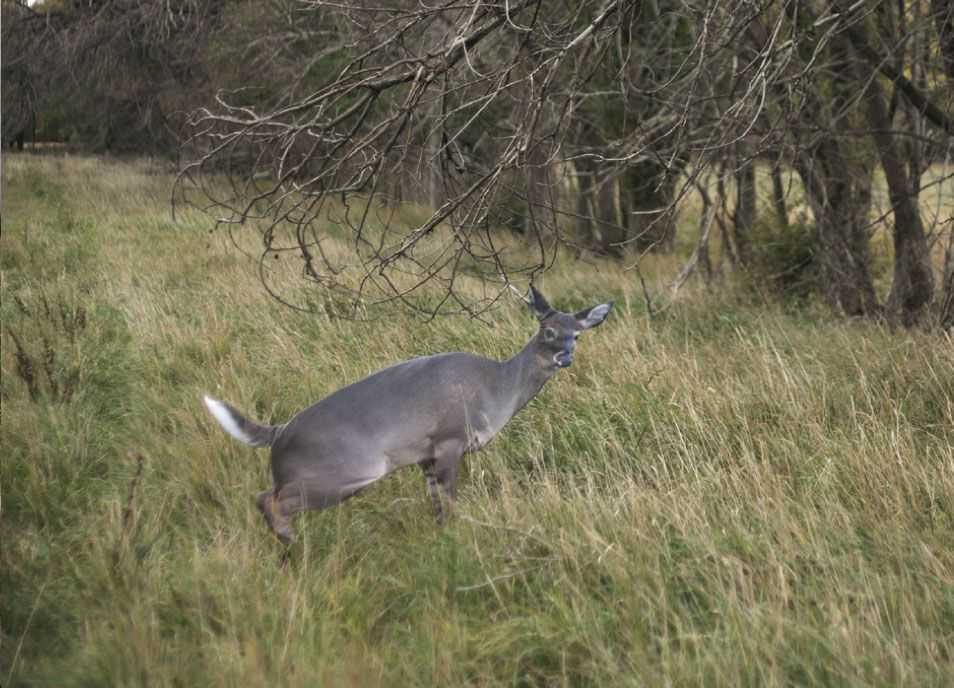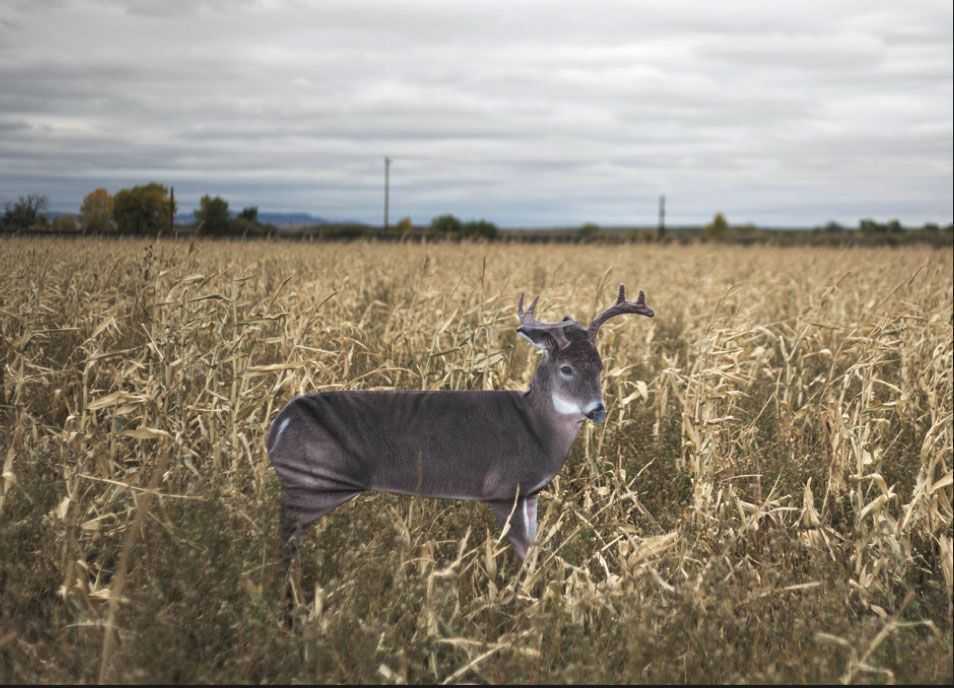Mastering the art of using a deer decoy takes time. There are times when everything works out perfectly and the deer come to your decoy as if being pulled in with a leash. Other times, the reaction may not be what you expected. Those are learning experiences. Every hunt is different, and knowing how, when and where to use whitetail decoys comes with experience. Below are five common mistakes hunters often make and solutions to avoid making them.
1. Hunters don’t actually use the decoy: Hunters sometimes buy a decoy before the season starts and it sits in their shed, folded up in their pack. Or, they use it once, fail to see results and never use it again.
Like any other decoy, a whitetail decoy isn’t going to work every time. Commit to using a decoy and pack it with you on every hunt. They are lightweight, compact and set up quickly if you find yourself in a situation when you need a decoy.
For example, if you’re whitetail hunting from a climbing treestand in dense timber and only have one shooting lane, you may need the buck you’ve been seeing in the area to pause in the lane so you have time to take a shot. A doe decoy set up in the lane may be just the ticket. You never know when you will need a decoy, so pack it with you at all times and be ready to use it.
2. Nothing can see the decoy: This happens a lot, especially during the rut when bucks are harder to pattern. Hunters tuck the decoy in the corner of a field or on the downslope of a ridge because that’s where the deer traffic has been. When animals are cruising, the decoy needs to be visible from greater distances.
When hunting in timber, select the highest spot within bow range to place your decoy—on top of a timber flat or ridge. If you are hunting a field or clearcut, place it on a field edge that is visible from as many of the likely travel routes as possible and use appropriate calls to get the attention of animals in the distance.
3. Your decoy smells: Using scents with decoys is a proven tactic, and while splashing your doe decoy with doe-in-heat urine works great during the rut, it’s unnatural during other phases of the season. Also, if your decoy has human odors, it’s a red flag to the bucks that something is not right.
Instead of applying scent attractants to the decoy, place them on the ground below it or on a towel you can clip on to the decoy that to simulate the animal’s tail. Store decoys in a scent-proof bag, and set them up using latex gloves. Spray the decoy with scent killing product frequently.
4. You haven’t given much thought to your setup: Decoys are like any other piece of gear. The better you understand how to use them, the better they will perform. Should you use a buck decoy, doe decoy or both? Sure, sometimes you can throw up a decoy and have a buck charge right in, but your odds are better when you give your strategy some thought.
Based on the time of year and scouting information, try to determine what is motivating buck behavior and use the proper decoy setup to cater to his interests. Usually he is looking to feed near other deer, dominate other bucks, socialize or mate. If he’s looking to feed near another deer, set up a feeding doe decoy. If he’s aggressive and ready to dominate other bucks, get him riled up with a young buck decoy. If he’s looking to mate, entice him in with an estrus doe decoy.
5. You are not fooling all the deer’s senses: Using scents and calls can add realism to your deer decoy setup. Using the wrong scents or calls can sabotage your efforts. Just like a deer spooks when he keeps hearing a call but doesn’t see a decoy, he will become suspicious if your decoy doesn’t have some scent or vocalizations accompanying it.
Add proper scents and calls to your setup. You don’t have to overdo it, but mixing in a bleat when using a doe decoy or a grunt with a buck decoy can sell your strategy to apprehensive bucks.
By Casey Crawley
[easy-social-share]

